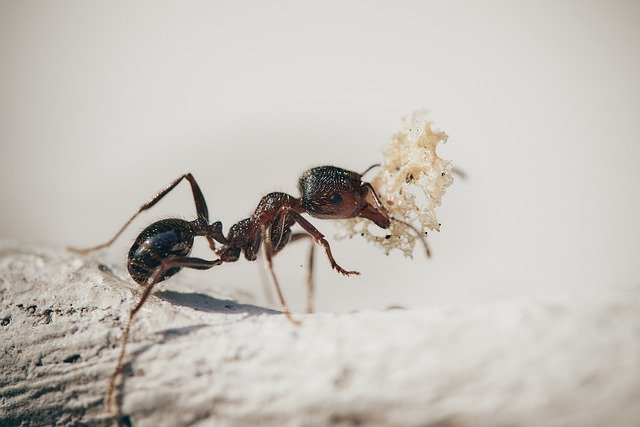Effective and Humane Ways to Keep Pests Away from Your Home
Pests come in all shapes and sizes, but the most common pests you will find around your property are rats, squirrels, and bats. Brown rats (Rattus norvegicus) are the most common type of rat in the United States of America. These rats are characterized by their brown fur and long fleshy tail. The most common type of squirrel in the US is the tree squirrel while the most common type of bat in the US is the little brown bat. The issue of pest infestations is most common in dense urban areas that provide cover, food, and resources for pests to thrive.
How a Pest Infestation Begins
Many pests typically look for dark, small spaces that provide routes for them to travel and access to food scraps as a means to support themselves. In a home or a business, these areas include pipes, air ducts, maintenance tunnels, and waste chutes. These all serve as ideal crawling spaces for pests to live and breed increasing the overall infestation. Many pests, including rats and squirrels, are avid swimmers and can easily swim through flooded pipes. The solution to this is to seal these crawlspaces with semi-permanent or permanent cement to prevent them from entering. Sealing with cement past small holes in the infrastructure of your home or business will stop pests from entering.
Food is another way that a pest infestation begins. Crumbs left on counters, in break rooms, or outside tables act as beacons drawing pests towards them. Pests will also eat almost any kind of pet food, so be extremely diligent when feeding your pets. Being an omnivore scavenger, rats, especially, are willing to eat almost anything left out: in some cases, even trash. Pests are not only able to burrow through boxes and sleeves with their sharp teeth and claws but, in many cases, they will also attempt to open bins and cabinets. Once a pest or group of pests gain access to a larger food source, repeat visits become encouraged. The solution to this is to not leave food items out or open. Practice little things such as locking up loaves of bread in bread boxes, not just the sleeve they come in. Cleanliness is the key to preventing a pest infestation.
Signs of Infestation
The clearest sign of a pest infestation is droppings. The pest’s droppings will also clue you in to what pest it might be. Another obvious sign of a pest infestation is bite marks on things such as food boxes, countertops, and both chair and table legs. Usually, you can differentiate the pest by observing these markings, for example, rats exhibit a unique bite pattern with their incisor teeth scraping against material in 2mm wide groves. Other signs of a pest infestation include grease stains, funky smells, and entry and exit holes. Visit wildlifehumane.org to learn more.
Effective and Humane Pest Removal
The most effective and humane way to remove pests, whether you’re dealing with rats or raccoons, is always to hire a pro for help. A professional wildlife management service will ensure that the pests are treated humanely and that everything, such as their feces, is removed and entry and exit points have been sealed. This will ensure that other pests will not infest your house or business after the previous pests have been removed. If you do decide to attempt a DIY removal, you can start by identifying if you are at risk of anything listed above and begin sealing holes and eliminating loose food or clutter. Sealing access to the resources they are looking for will mean they will have to go somewhere else to find it. Reducing the pests’ access to your property is the only sure-fire way to make sure they will not return. Once you’ve discovered all of the pests’ entry and exit points, you can begin the exclusion process. Leave one entry/exit point open and add a one-way door to it. The pests will slowly begin going through this door to access food and water, which will slowly force them to leave their nest. Eventually, many of the pests will have cleared out, then you’ll have to trap the rest, seal up the one-way door, and clean up the area to disincentivize any further infestation, health risks, and contamination.

